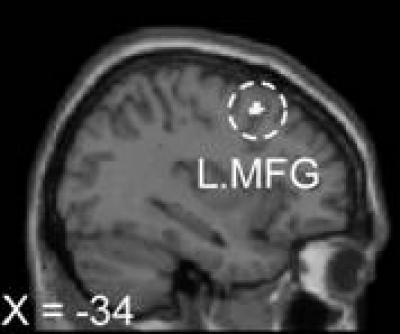Memory about a core item (such as a word, object, or picture) is called item memory while memory about the context or related features of a core item is defined as source memory. What determines which sources within an episode are successfully remembered is of particular interest to researchers. Behavioral evidence suggests that the orientation of a memory task influences whether the related source of the item will be remembered later. A study by Prof. Xiuyan Guo and colleagues from East China Normal University, China explored changes in the hippocampus and prefrontal cortex while participants completed two tasks: an item-oriented task and a source-oriented task. The researchers found that subsequent source memory effects in the right prefrontal cortex and hippocampus were modulated by task orientation, whereas task orientation modulated item memory effects in the prefrontal cortex. These findings, published in the Neural Regeneration Research (Vol. 8, No. 26, 2013), highlight the possibility that the hippocampus contributes to the intentional encoding of item-source associations, whereas the prefrontal cortex is biased toward processing information to which attention is directed.

These are brain regions showing subsequent item memory effects modulated by task orientation. The analysis revealed clusters (circle) located in the left middle frontal gyrus (L.MFG).
(Photo Credit: Neural Regeneration Research)
Source: Neural Regeneration Research